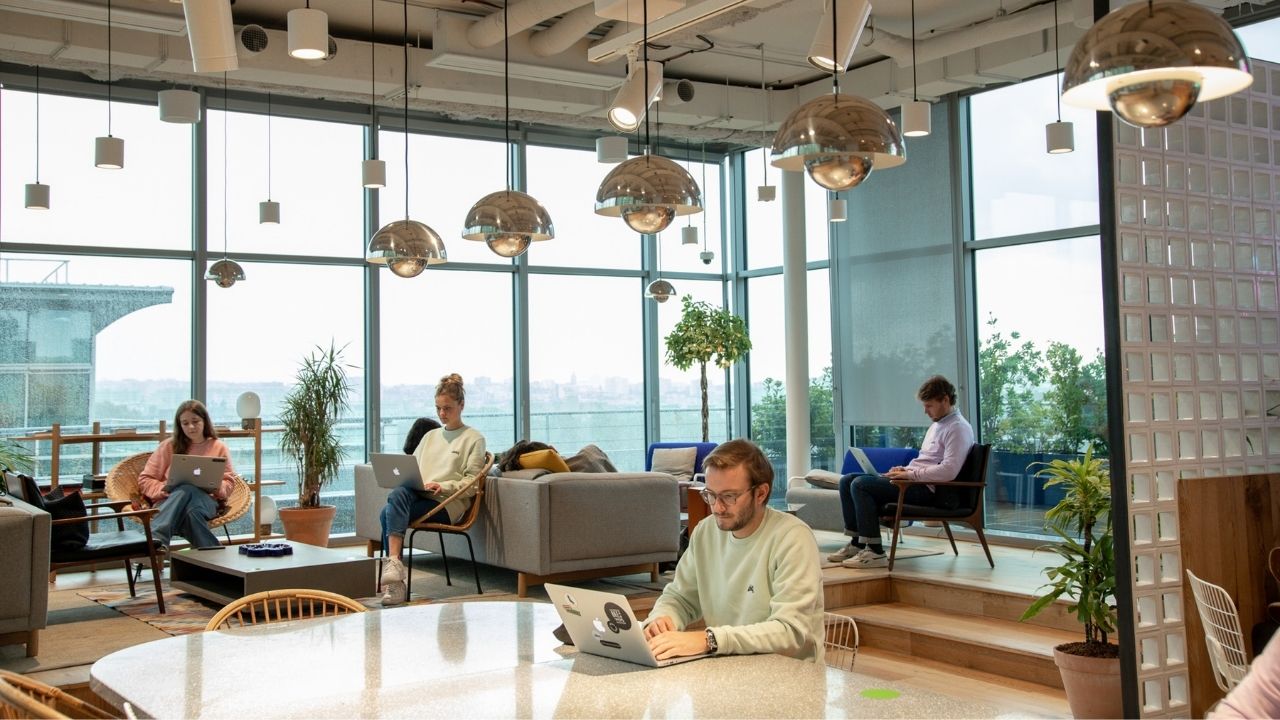During the late 2000s and 2010s, companies pivoted away from cubicle-centric offices in order to emulate the open office environment popularized by Silicon Valley startups.
The concept of open offices focused on encouraging collaboration, tightening bonds between employees, plus cutting costs on real estate.
However, the lack of boundaries in an open office layout led many to desire one glaring gap in this arrangement: privacy.
The pandemic emphasized the need for private areas within the workspace. With companies and landlords eager to bring workers back into buildings, finding a model that encourages collaboration and keeps employees safe will be challenging.
“The pandemic in reality has highlighted the truth about the modern workspace, and that is that it was never that great in the first place,” said Morten Meisner-Jensen, cofounder of Room, a company that provides private phone booths for offices. “Now what’s happening, first of all, it’s making that problem very, very clear, and, second, it’s accelerating the demand for better workspaces.”
According to a 2019 article from the Harvard Business Review, prior to the pandemic, Harvard associate professor of business administration Ethan Bernstein said that office design that intended to boost collaboration does little to help.
However, in another article from July of 2020 titled “The Implications of Working Without an Office,” Bernstein said that open offices may have helped workers transition more seamlessly to working from home as encouraged focused work.
“The way we learned to work in the last 20 months is very consistent with the way they seemed to work in our open-plan offices,” said Berstein. “Even though that was unintended. Head-down time is not necessarily non-collaborative time because most of us are collaborating electronically. We could be looking at somebody on a Zoom screen or a Teams screen.”
The future of the open office concept remains a mystery, but even if it does reemerge, it will likely utilize the lessons learned from the last 20 months.


 Dr. Gleb Tsipursky – The Office Whisperer
Dr. Gleb Tsipursky – The Office Whisperer Nirit Cohen – WorkFutures
Nirit Cohen – WorkFutures Angela Howard – Culture Expert
Angela Howard – Culture Expert Drew Jones – Design & Innovation
Drew Jones – Design & Innovation Jonathan Price – CRE & Flex Expert
Jonathan Price – CRE & Flex Expert












